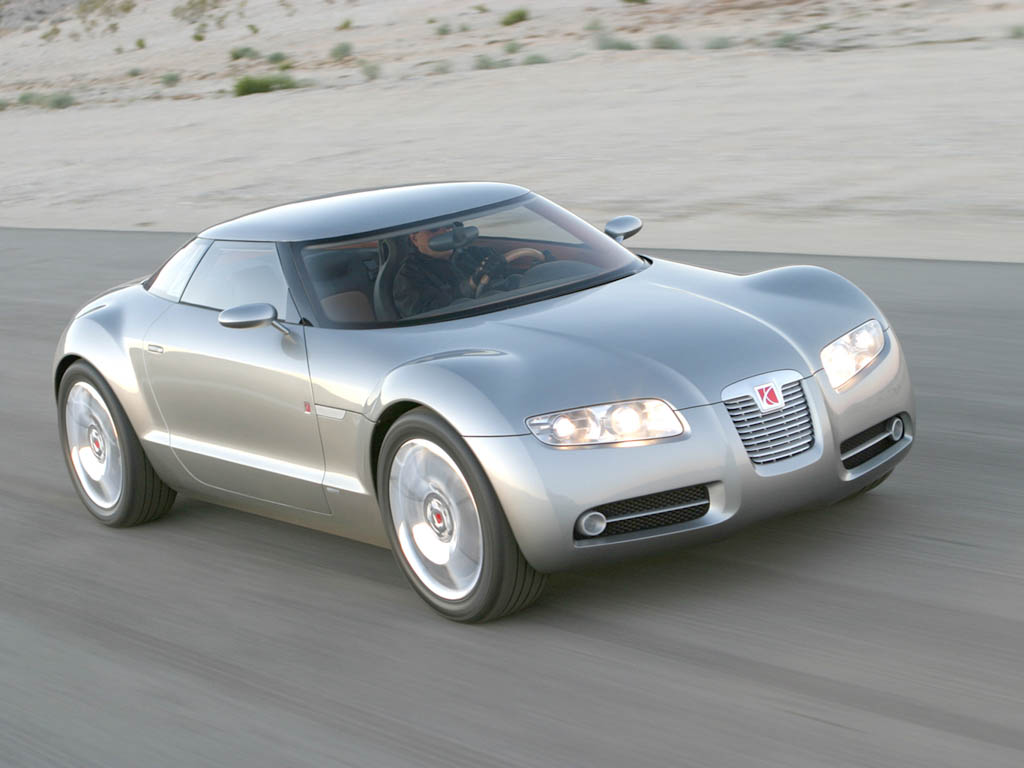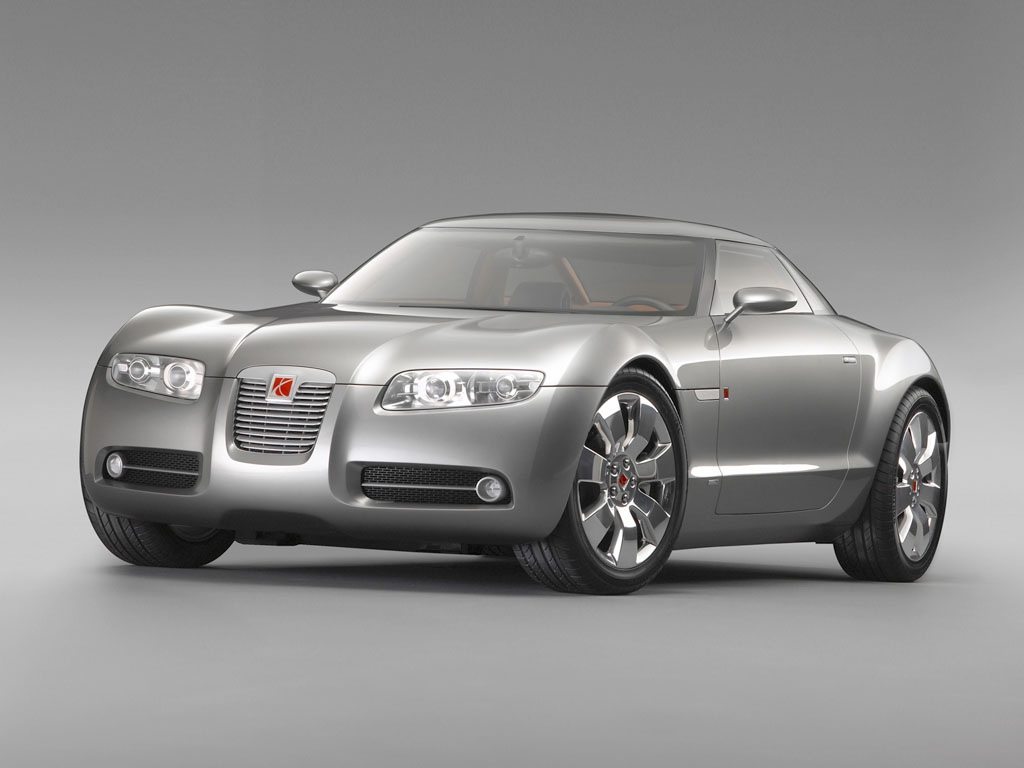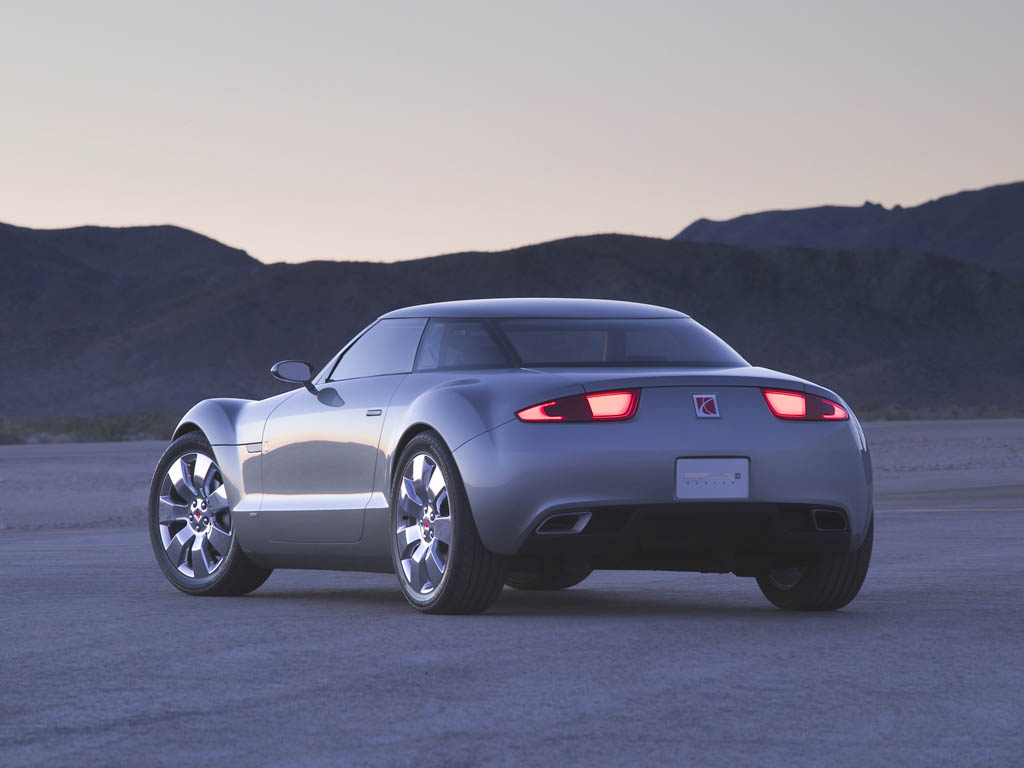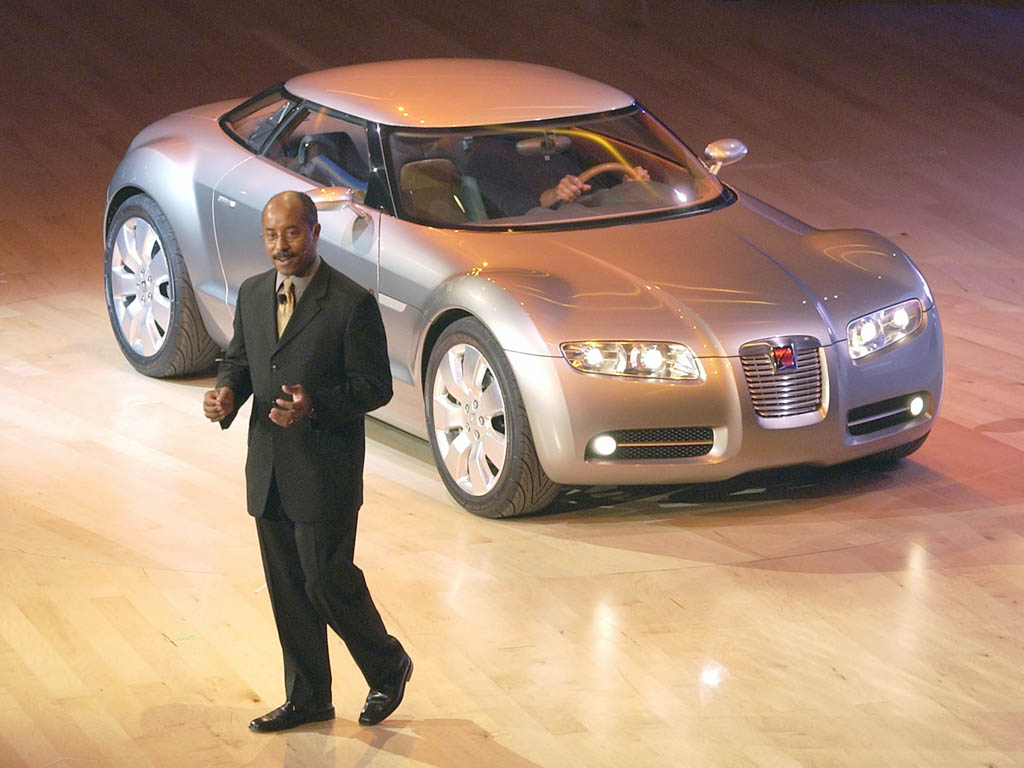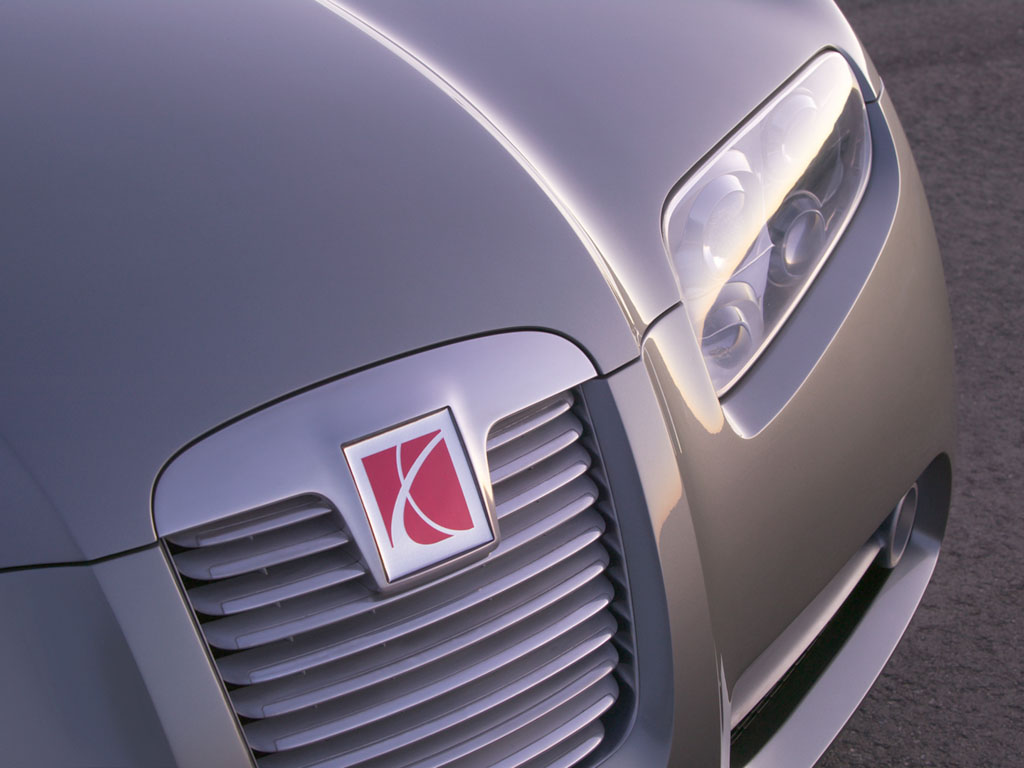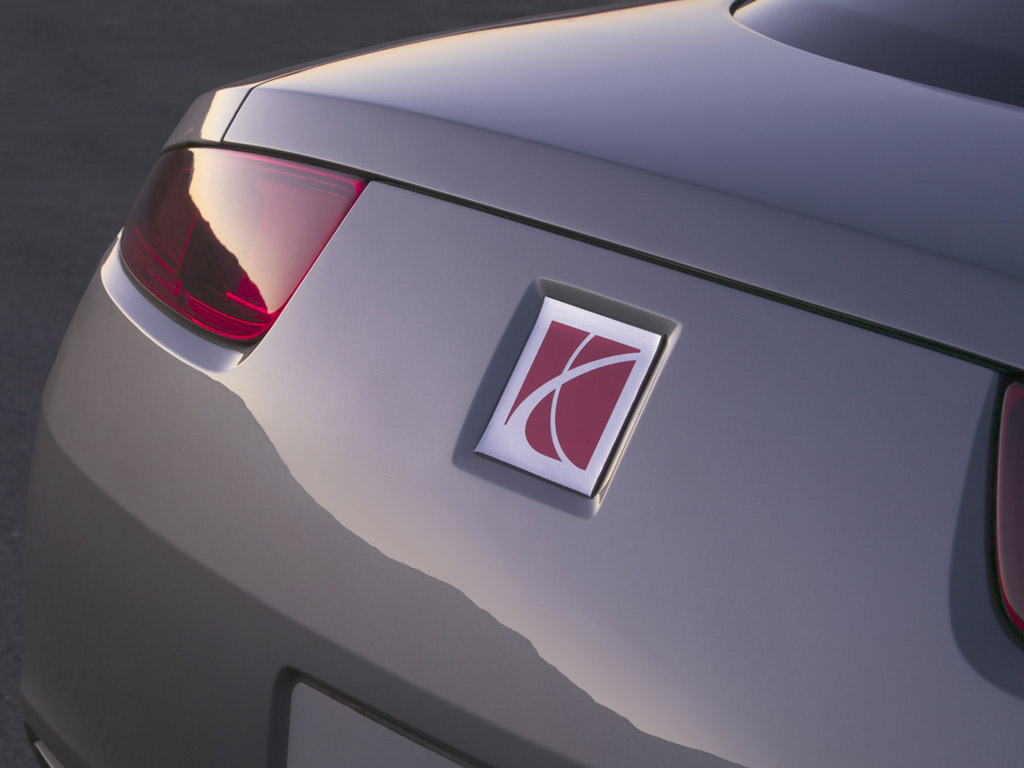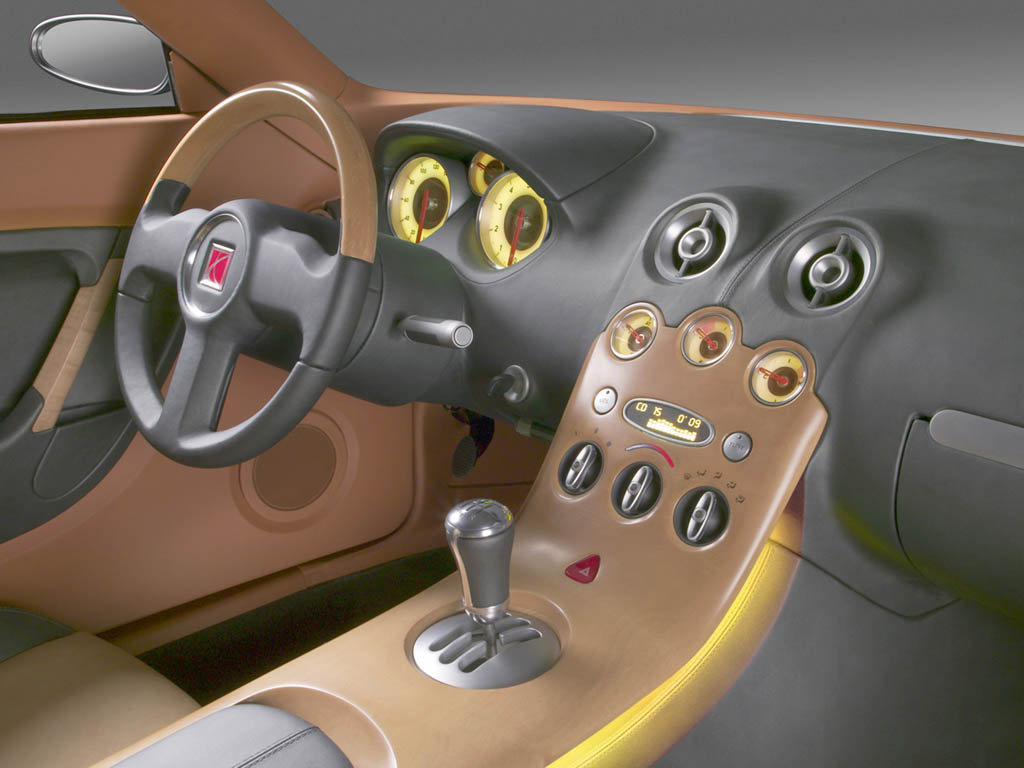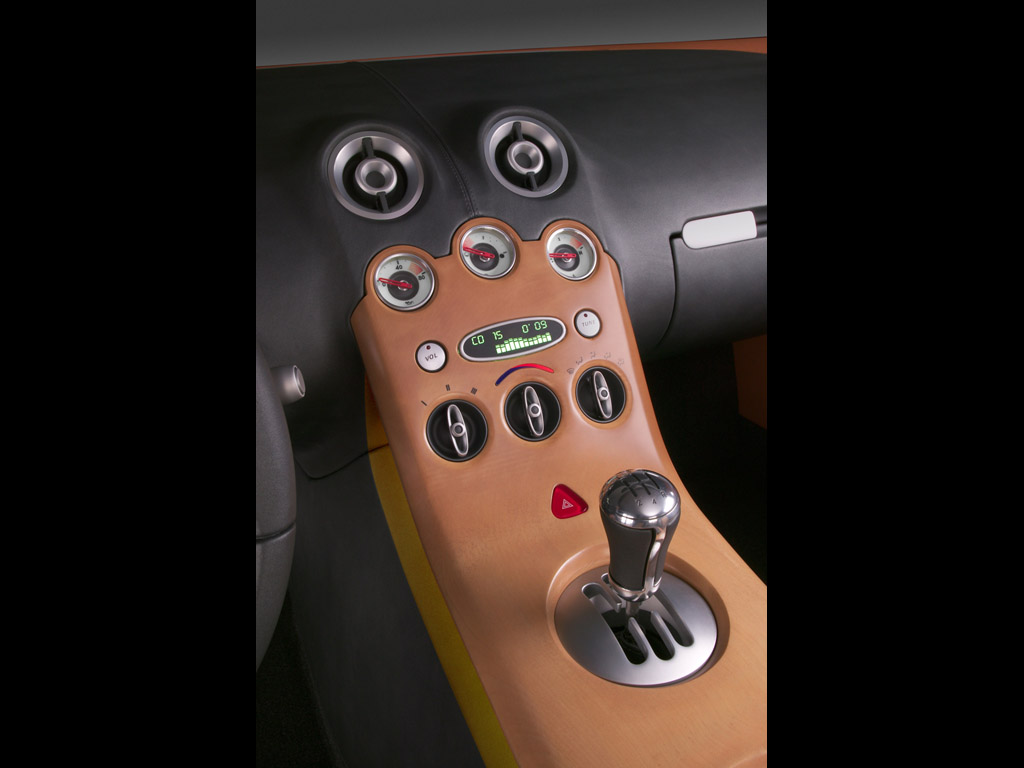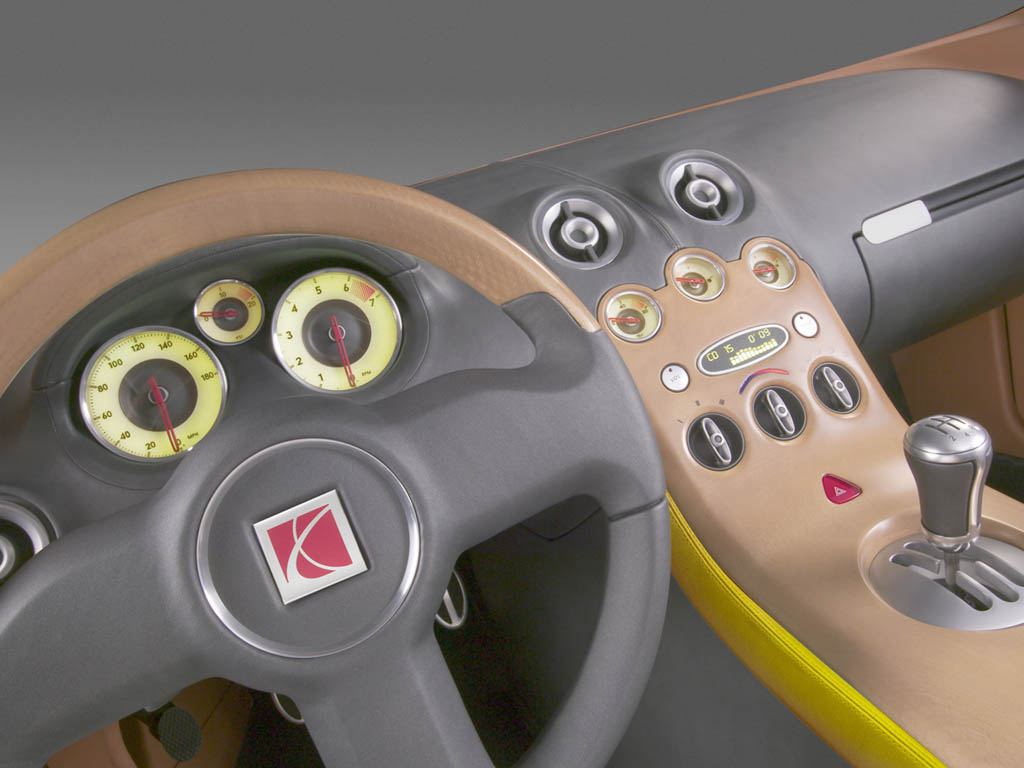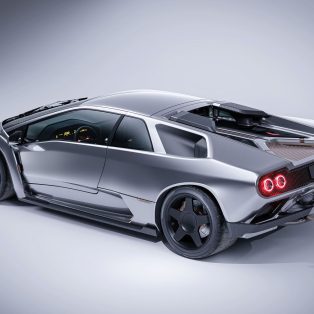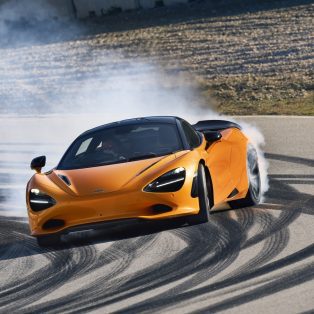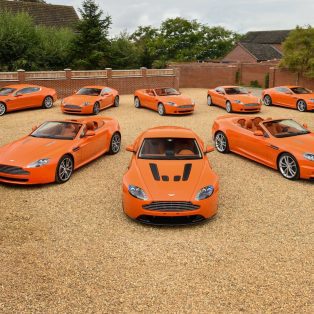2004 Saturn Curve Concept
DETROIT-Jan. 4, 2004, 12:00 a.m. EST : The Curve signifies Saturn’s evolution, both in styling and product. Saturn is growing its portfolio, planning new vehicles and exploring dynamic, refined designs.
General Motors introduced the Saturn Curve at the North American International Auto Show. It was one of the vehicles, including the Pontiac Solstice production model and Chevrolet Nomad concept, built on GM’s new rear-wheel-drive Kappa architecture.
Design creativity and implementation was a collaboration of GM’s worldwide resources, driven by GM North America’s Advanced Design Team and developed by GM’s European Advanced Design Center in Sweden. The European design influence bolsters the Curve’s aura of refinement. Final assembly was completed in Italy, with assistance from Italian coachbuilder Pininfarina.
The design of the Curve abounds with interesting details that emphasize its contemporary design aesthetic, as well as its sports car roots, including roof pillars that are concealed by a wraparound canopy of glass – creating the look of a floating roof panel.
Also, a front-hinged, clamshell hood is complemented by a rear-hinged trunk lid. The forward-opening hood is a nod to great sports cars of the past, while the opposite-opening trunk lid creates interesting design symmetry when both panels are in the up position. The vehicle is coated in Mission Silver, a warm color chosen for its liquid metal appearance.
Interior
Inside, an open-gate shifter and analog instruments evoke the feel of a pure sports car, while the interior environment is warmed and enhanced with floating door inserts that feature color-changing backlighting. This unique lighting effect transmits a subdued mood throughout the vehicle and is the type of innovative feature at home in a Saturn.
‘Altogether, the Curve has a very sophisticated and relaxed feel,’ said Shuichi Yamashita, lead exterior designer. ‘It’s still a fun-to-drive sports car, but the selection of color, materials and lighting convey maturity and sophistication.’
The Curve’s interior is consistent with the level of workmanship and refinement that will characterize future Saturn models, including the upcoming RELAY crossover sport van.
A curved wood center console is the interior’s dominant feature and is attached to the dashboard via a tongue-and-groove joint. It also encapsulates the engine instruments. Blonde wood is used to convey lightness and airiness, while charcoal-colored leather and terracotta inserts accent the dashboard and upholstery. An aluminum band running the width of the interior serves as a divider for the interior’s different elements. A matching aluminum handle greets those who open the Curv’s doors, inviting them to plunge into a warm environment that reflects the friendly nature of the Saturn brand.
Like the front seats, the rear seats consist of a pair of buckets covered in charcoal leather with terracotta inserts. Entering the rear seats is easy, thanks to front seats that tilt to add entry space. The back-lit glow that permeates the interior affects mood in the Curve’s interior, but also has a safety use: When the doors are opened, the lighting on the door panels changes to an orange-red hue to act as a warning light, eliminating the need for a reflector.
Performance
Despite its relaxed demeanor inside, the Curve delivers a stirring sports car experience. Built on GM’s new Kappa architecture, this sport coupe features rear-wheel drive, independent front and rear suspensions, and a solid chassis built on the foundation of full-length hydroformed frame rails. Stampings attached to the rails form a rigid structure onto which the body panels are mounted.
Sports car performance is derived from a supercharged 2.2-liter Ecotec four-cylinder engine that produces more than 200 horsepower and more than 200 lb.-ft. of torque. The engine features fuel-saving variable valve timing technology, which is available on some of GM’s four-, five- and six-cylinder engines. Through the use of variable engine valve timing, lift and duration can improve fuel economy, emissions and performance. The transmission is a Getrag five-speed manual.
The engine and transmission are similar to the powerful combination found in the new 2004 Saturn ION Red Line.
Unique seven-spoke, outboard-style 20-inch wheels are mounted to performance tires and fitted to the Curve’s responsive chassis. Large, 14-inch brake rotors, with twin-piston front calipers and large, single-piston rear calipers, provide the vehicle’s stopping power.
The powertrain, chassis and brake system are based on existing production components.
‘As much as the Curve is a driver’s car, it’s also a reflection of the mindset of the driver,’ said Nicho Vardis, lead interior designer. ‘As people spend more time in their vehicles, a warm, personal environment becomes more important. A car like the Curve, which is both functional and thoughtfully designed, provides that environment.’
Story by General Motors Corp, edited by Supercars.net
In Detail
| submitted by | Richard Owen |
| engine | Supercharged Ecotec Inline-4 |
| valvetrain | DOHC w/Variable Valve Timing & Intake Manifold |
| displacement | 2200 cc / 134.3 in³ |
| power | 171.5 kw / 230 bhp @ 6200 rpm |
| specific output | 104.55 bhp per litre |
| torque | 298.28 nm / 220 ft lbs @ 4200 rpm |
| body / frame | Fibreglass body over Steel Tube Frame |
| driven wheels | RWD |
| front tires | F245/40R20 Continental |
| rear tires | F245/40R20 Continental |
| front brakes | Discs w/Twin-Piston Calipers |
| f brake size | mm / in |
| rear brakes | Discs w/Twin-Piston Calipers |
| r brake size | mm / in |
| front wheels | F 50.8 x 21.6 cm / 20 x 8.5 in |
| rear wheels | R 50.8 x 21.6 cm / 20 x 8.5 in |
| f suspension | Wishbones w/Coil-Over Shocks |
| r suspension | Wishbones w/Coil-Over Shocks |
| wheelbase | 2717 mm / 107.0 in |
| front track | 1537 mm / 60.5 in |
| rear track | 1555 mm / 61.2 in |
| length | 3975 mm / 156.5 in |
| width | 1950 mm / 76.8 in |
| height | 1247 mm / 49.1 in |
| transmission | Getrag 5-speed manual |
| gear ratios | :1 |





